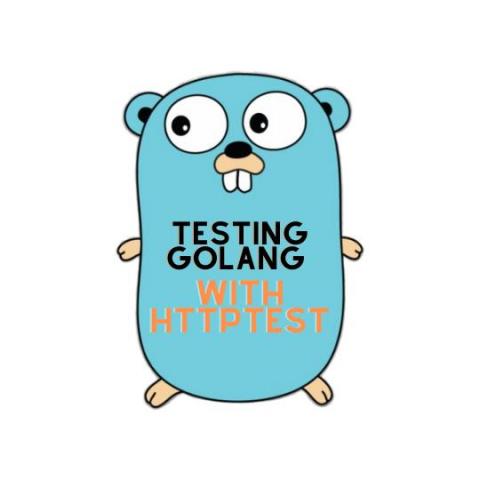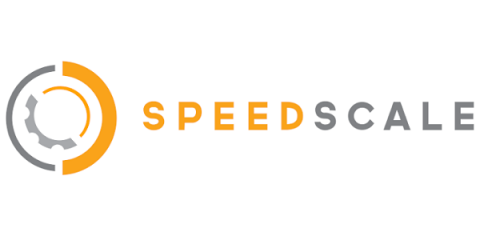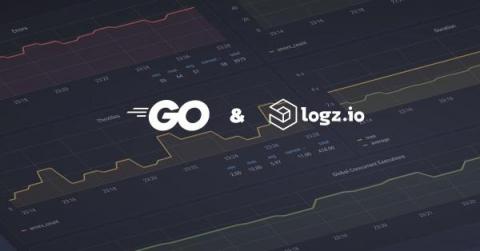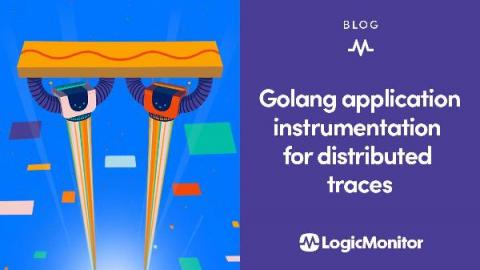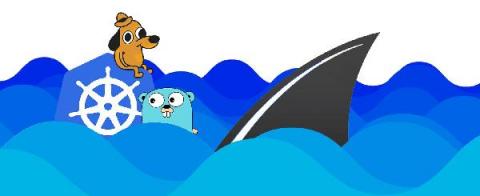Testing Golang with httptest
Go, often referred to as Golang, is a popular programming language built by Google. Its design and structure help you write efficient, reliable, and high-performing programs. Often used for web servers and rest APIs, Go offers the same performance as other low-level languages like C++ while also making sure the language itself is easy to understand with a good development experience.


